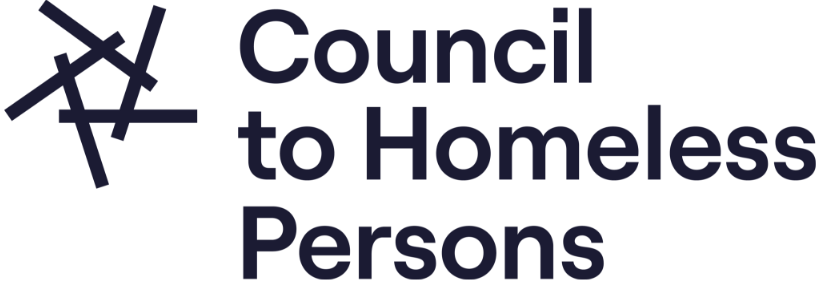Local data
Supporting an evidence-based approach to ending homelessness
Council to Homeless Persons is committed to supporting the development of a pro-data culture within Victoria’s specialist homelessness sector.
We value the reporting and analysing of quality data to measure and improve outcomes for consumers. A pro-data culture is a key component of an outcomes-focused homelessness service system.
Financial stress maps
The Everybody’s Home campaign has released a range of financial stress maps for each state and territory in Australia, illuminating the extend of financial stress for households.
Financial stress is a leading cause of homelessness in Australia, and indicates that households may be at high risk of homelessness.
Access the maps to learn about financial stress in your area. Information is organised by Federal electorate division, and includes the percentage of households in financial stress for both renters and home owners.
Local area data
Council to Homeless Persons has produced a range of maps for Victoria, illustrating the number of people accessing services at local government area level (LGA), grouped by Victorian Local Area Service Networks (LASN).
The Victorian LGA by LASN map provides detail of sex (due to data limitations, only male and female is available), age range, and housing situation when a person presented at a service. The LGA they are assigned to is based on where they were living one week before accessing a service.
Click on the name of the LASN on the legend of the right hand side of the map to view the LGAs that are included in that netowrk. Alternatively, hover your mouse over an area of the map to view a summary of the data specific to that region.
Grouped by LGA
Grouped by LASN
The Australian Institute of Health and Welfare (AIHW) produces a range of data cubes containing local area data for consumers who received support from specialist homelessness services from 2014 onwards.
Data includes the number of people receiving a service, their age, sex (due to data limitations, only male and female is available), and whether they were without a home, or at risk of being without a home. Data is organised by the following geographical locations:
statistical areas level 3, statistical areas level 4, remoteness areas, greater capital city statistical areas
statistical areas level 2
primary health network
local government area
state or territory.
AIHW has provided a comprehensive manual for working with data cubes, which can be downloaded from the AIHW website.

